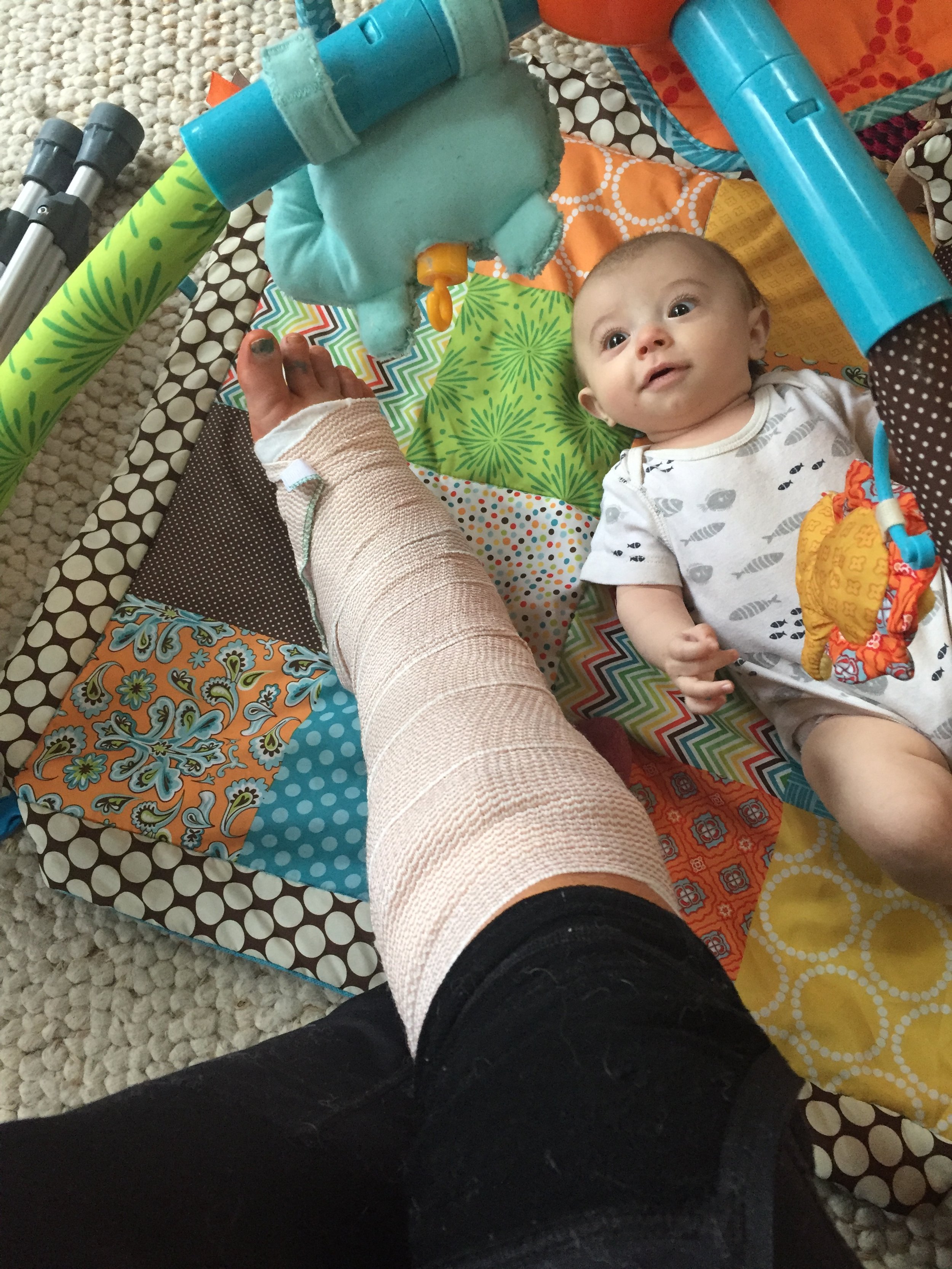Optimizing Nutrition for Injury Prevention and Recovery
Injury prevention begins with having adequate nutrition to know that you are getting enough energy. Energy comes from the calories you eat to fuel you, powering all that you do: thinking, moving, organ function, building muscle and hormones and much much more. To investigate, start looking at some basic factors. Ask yourself, has my weight changed? If you are a woman, are you menstruating regularly? Are you getting bloated when you eat or having GI distress? Do you have enough nutrition to meet your training goals? Is your performance improving? Are you getting sick often? The answers to these questions can help you identify if you suffer from relative energy deficiency or REDS. REDS describes poor health and declining athletic performance. REDS can be caused by an outdated way of thinking that leaner is better.
Getting enough macronutrients which are protein, fat and carbohydrate is critical for our athletic performance and injury prevention. Once we are nourishing our bodies for health and athletic optimization then we can look into the micronutrients including vitamins, minerals and bioactive compounds that help prevent injuries. Water, while not classified as a macronutrient, is very important for keeping muscles flexible and soft. Long-term focus on hydration reduces injuries and muscle stress from rigidity.
Micronutrients to focus on for injury and illness prevention are Vit D, C Omega 3s, Calcium, creatine, and collagen. Vit D and calcium work together to keep bones healthy and strong. Additionally, calcium is needed in muscle contraction, which is pretty important, so you don't want your bones and muscles to have to compete! Great sources of calcium are spinach, kale, bok choy, broccoli, dairy products including yogurt and kefir, canned seafood, almonds, and tofu. If you don't have a calcium source multiple times a day in your diet you might want to supplement. Vit D is best to supplement especially if you don't spend a lot of time outside. Surfers in Hawaii with office jobs are still found to have high rates to be deficient in Vit D. It's recommended that most people take 2000 IUs.
Vit C and Collagen work together to repair and strengthen tendons and ligaments when consumed 30 min prior to a workout. They should be ingested together with 500 mg Vit C and 20-30g collagen.
Omega 3’s have some exciting new research coming out about how they can increase the body's utilization of amino acids which are what make up protein and essential in the body for utilizing the body's proteins and protein synthesis which means creation of protein in the body. So they are essential in building you! So we want to supplement Omega 3s or ensure adequate intake of Omega 3s through eating cold water fish, flax seeds, chia seeds, walnuts, and edamame.
Creatine is also showing some promise and might be supportive to supplement within prevention. It also speeds recovery time between training or competitions and further decreases our risk of injury.
Prevention and wellness is important to focus on when developing a nutrition plan, but what happens once you get injured?. In injury there are two distinct periods to think of: the acute post-injury inflammation stage and the secondary recovery and rebuild stage. There are different recommendations based on the stages and mechanism of your injury, but it’s important to still eat enough. Many people worry about this and don't want to gain weight when they are sedentary; don’t be one-your body is working hard to repair! The recommendation when recovering is 25-30 kcal/kg to maintain lean body mass. Research has shown eating protein and carbs together at meals post-injury slows catabolism (the body breaking down of muscle mass). To preserve muscle mass an athlete should try to consume 2.2-2.5grams of protein per kg of body weight. Chicken and sweet potatoes or beef and broccoli and rice are great options that give you both carbs and protein. If you want to eat plant based, try lentils and rice or whole wheat bread.
Other things to consider are supplements. Here are a few of note in the literature:
1) Creatine may help with recovery from injury and injury prevention. There is a noted decrease in muscle damage when taken. Also there is some data showing that there is enhanced recovery from disuse or immobilization so creatine may be effective in helping with recovery outcomes in athletes post- surgery or break.
2) HMB (hydroxymethybuyrate is chemical communication in the body) has been shown to help with recovery or maintaining muscle mass. This might not need to be supplemented since you should be able to get enough HMB in high protein foods like milk, yogurt, chicken, beef and tofu.
3) Omega 3s may decrease inflammation and can help with recovery especially in the post inflammatory period. Try to obtain these from food sources like cold water fish. In recovery, Omega 3s may support the body's ability to utilize amino acids and therefore maintain lean body mass. Be careful supplementing this too early because you don't want to disturb the inflammation process.
One last thing of note is what to avoid when injured. If you are in the initial inflammation period let your body do its process. Try not to take anti-inflammatories if you can, and limit alcohol, which has been shown to increase lean body breakdown and increase inflammation in the body. So while we may want to drown the sorrows of the injury just be mindful of the consequences.
We hope this is helpful in your prevention and recovery plan. If you are injured and want a tailored recovery plan please feel free to reach out here at Cascade endurance and set up a nutrition counseling appointment with Abby. To your health!
(1) Heaton LE , Davis JK , Rawson ES , et al . Selected in-season nutritional strategies to enhance recovery for team sport athletes: a practical overview. Sports Med 2017;47:2201–18.doi:10.1007/s40279-017-0759-2


